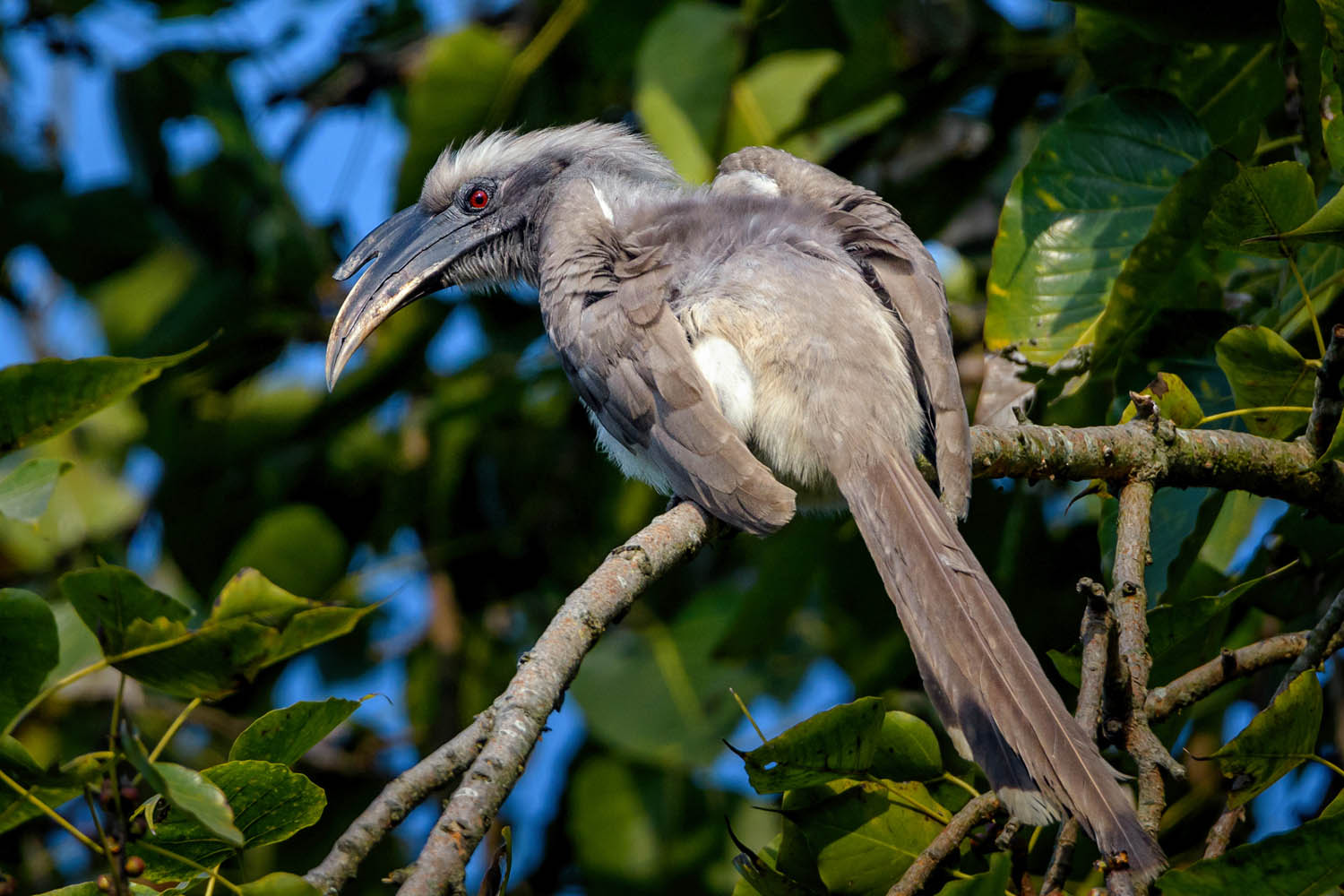Culture & Lifestyle
Loving it in the wild
Despite many challenges, Nikita Shrestha Shakya’s passion has helped her persevere in the male-dominated wildlife photography scene.
Apecksha Gurung
Nikita Shrestha Shakya found her calling in the heart of nature, where the unpredictable rhythms of the jungle became her muse. Since embarking on her photography journey in 2013, she has delved into the world of wildlife, capturing the untamed beauty of the wild.
For Shakya, the allure of the jungle lies in its capriciousness. It’s the heart-pounding moments, like a sudden encounter with a rhino protective of its calf, that remind her of the jungle’s untamed spirit. “I’ve had to run from a charging rhino once,” she recounts calmly. “My hands shook, heart pounded, but I learned that patience is as vital as bravery in wildlife photography.”
Shakya found her passion for photography in 2013. Initially capturing things like flowers, butterflies, puppies, and children, she gradually immersed herself in taking photos of wildlife. Her fascination with people and nature led her to explore the raw allure of colourful birds and animals.
One of her great joys is observing elephants closely, appreciating their gestures and behaviours. Nature, especially the jungle environment, never fails to captivate her. She licenses her photos to the Nepal Tourism Board (NTB). These licensed photographs have graced international platforms, including the Travel Expo organised by NTB in various countries. A striking image of a child ringing a bell, captured by Shakya, has welcomed visitors at the Tribhuvan International Airport in Kathmandu since 2018.

In her photography endeavours, Nikita relies on her Nikon D 500 and Tamron 150-600 mm camera and lenses. She emphasises the importance of quality gear in wildlife photography. According to her, essentials like a lens hood are simple yet crucial. These elements not only protect the lens but also enhance the overall photography experience. Waterproof cameras, in particular, have proven invaluable in her work, ensuring she captures moments regardless of the challenging conditions.
Shakya finds endless fascination in the intricate world of animals and their habitats. Her journeys often lead her to Chitwan National Park, a convenient destination not far from Kathmandu. The park’s proximity allows for budget-friendly exploration, with various accommodation options available in the surrounding area.
Nawalparasi, one of Shakya’s favoured routes to Chitwan National Park, has provided her with memorable wildlife encounters as it is rich in biodiversity. Even on a short jeep safari, she once spotted a rare python. However, she acknowledges the expense of venturing further afield, such as to Bardiya, which, while offering excellent grassland wildlife sightings, is a considerable distance from Kathmandu.

She dispels the misconception of sociable wild rhinos, cautioning that they can be hazardous. “One needs to have a sharp mind while navigating the jungle,” she stresses. But the unpredictable nature of the jungle, with all its adventures, feels like home to Shakya. For her, it’s not just about freezing moments in photographs; it’s about immersing herself in nature, a feeling that fuels her passion for wildlife photography.
In the early days of her photography career, she faced prejudice. Many offered exposure through social media but baulked at paying for her work. “Some people are still shamelessly unwilling to pay, especially in fields considered non-traditional for women,” she remarks. Despite discouraging comments like “Why would a girl want to be a photographer?” and “Are you sure you took this picture?”, Shakya persevered. She did photoshoots, engaged in projects, licensed her work, and earned her place. Over time, her financial independence silenced the doubters and bolstered her family’s confidence in her chosen path.

While Shakya doesn’t look upto anyone in particular in wildlife photography, she admires the work of Varun Aditya, an Indian photographer. His ability to capture the emotional essence of animals, like lions revelling in the rain, resonates with her deeply.
In Nepal, the wildlife photography scene excites her, yet she admits that many challenges persist. She laments the illogical restrictions at Chitwan National Park, where photographers are prohibited from carrying telephoto lenses in the name of conservation. This hindrance dampens the spirits of photographers and tourists alike, discouraging them from capturing Nepal’s diverse wildlife.
Shakya emphasises the importance of hard work and research to fuel passion. Being a woman in Nepali society adds another layer of difficulty, yet she believes in the power of self-worth and determination. “Believing in yourself leads you to your dreams,” she asserts.




 10.12°C Kathmandu
10.12°C Kathmandu


.jpg&w=200&height=120)












